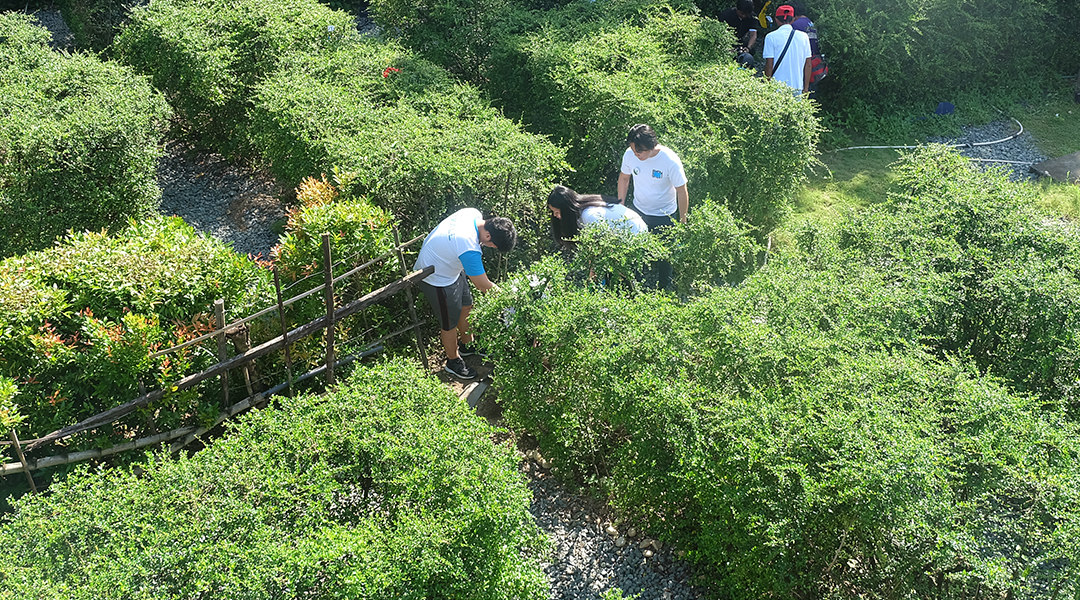
GRASS launches the first biodiverse reforestation in Pasig City
Initiated by Green Restorative Actions and Sustainable Solutions (GRASS) in partnership with the City of Pasig through Mayor Vico Sotto, a tree planting took place at Pasig Rainforest Adventure Experience (RAVE) Park on October 8, 2019. This event marks the beginning of GRASS’ initiative program to integrate sustainable and resilient strategies to assist the green city in addressing environmental issues.
Contemporaneous with his 100th day in office, the tree planting was headed by Pasig City Mayor Vico Sotto along with GRASS Action Chairman ASEAN Architect Lui Daya-Garcia, and Pasig City Congressman Roman Romulo, each planting a tree in three different areas of the space to symbolize Luzon, Visayas, and Mindanao. Participating are different sectors of the community from the local government of Pasig, volunteer colleges and universities, NGOs, public and private associations, and selected Pasig City residents. Architect Lui emphasized that the tree planting event is only one of their steps in reviving Pasig City’s biodiversity. “Reforestation is more than just tree planting, it’s like building a city… a biodiverse city,” she says.
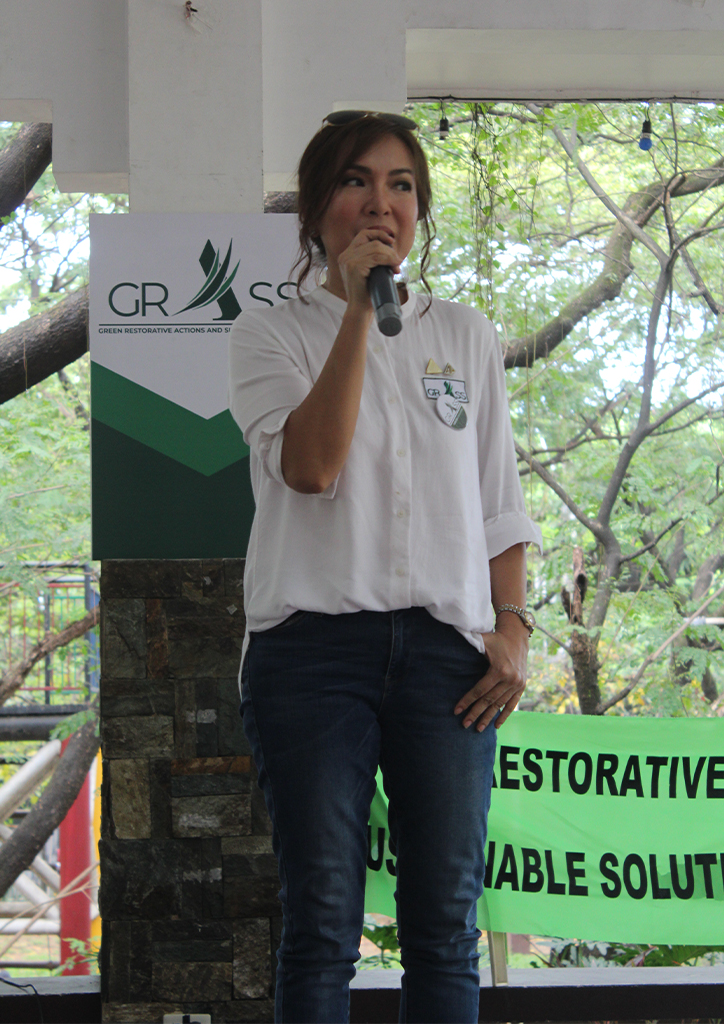
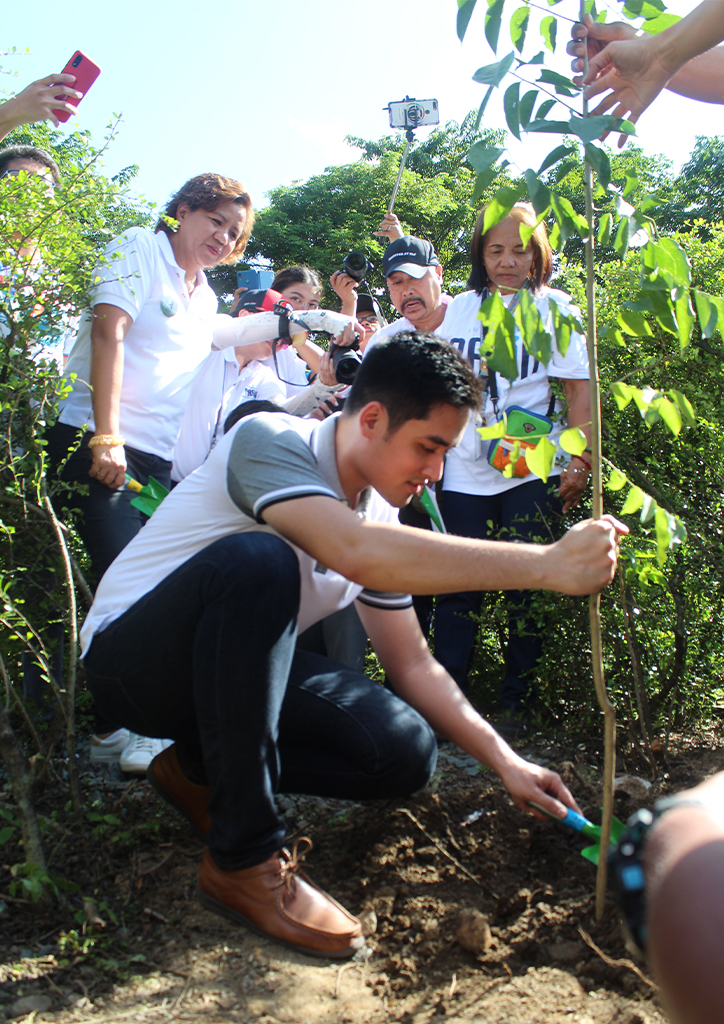
RAVE Park as “The First Healing Rainforest” in Metro Manila
RAVE Park is tagged as “Pasig City’s last lung”, occupying half of the 0.48 percent green space left in the city. “That’s 8 hectares of green space, it’s the last big green space in Pasig, so we really need to take care of it,” Mayor Sotto says.
Consisted of architects, environmental planners, urban planners, water engineers, energy engineers, scientists, and academicians, GRASS’ goal to make RAVE Park a “healing” forest involves careful and concrete planning that integrates strategies such as carbon sequestration, rainwater catchment system, and acoustic insulation. The reforestation also includes experiential education to inform, involve, and instruct the community on retaining and nurturing what was started.
“We calculated the number of trees based on the given site, the size of the canopies once trees have grown, and how much water we are retaining in this particular area,” Daya-Garcia shares. Targetting 15 out of 17 sustainable developmental goals from the United Nations, the entire GRASS team estimated a target of 188,000 trees to be planted all over the green city. Along with this is an aim to develop a Biodiverse Reforestation series that will be applicable and replicable to municipalities and other areas, including coastlines, riverbanks, and other agricultural developments. GRASS studied the goals and believe that through time, they can push further and achieve all 17.
Architect Lui explains that in terms of plant species specifications, the team is promoting all native trees. “They can thrive in our tropical environment and they require less maintenance as compared to exotic trees,” she says. The action leader also shares that they calculated the growth of trees in such a way that while some may be faster and some may be slower, design and aesthetics would not be sacrificed as there will be some ornamental pathways ready.
GRASS team mentioned that they will also be reporting architectural improvements needed for both the interior and exterior of RAVE park.
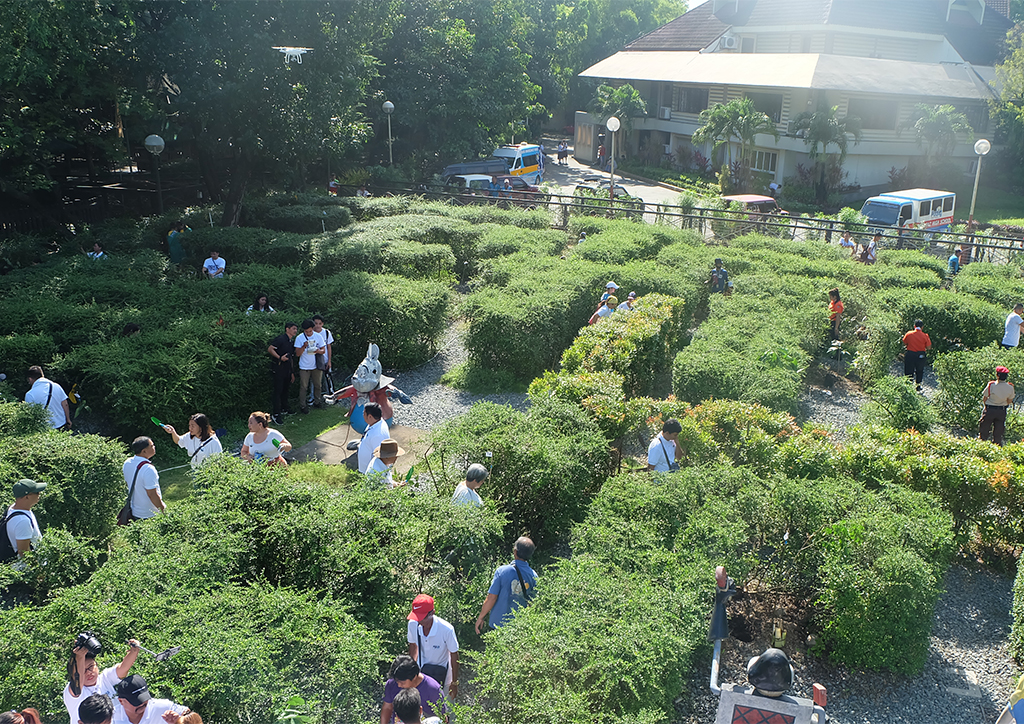
Pasig River as part of the city’s biodiversity rehabilitation
In line with the saying, “Sa Pasig, umaagos ang pag-asa”, the green city rehabilitation moves to continue the cleaning of Pasig River.
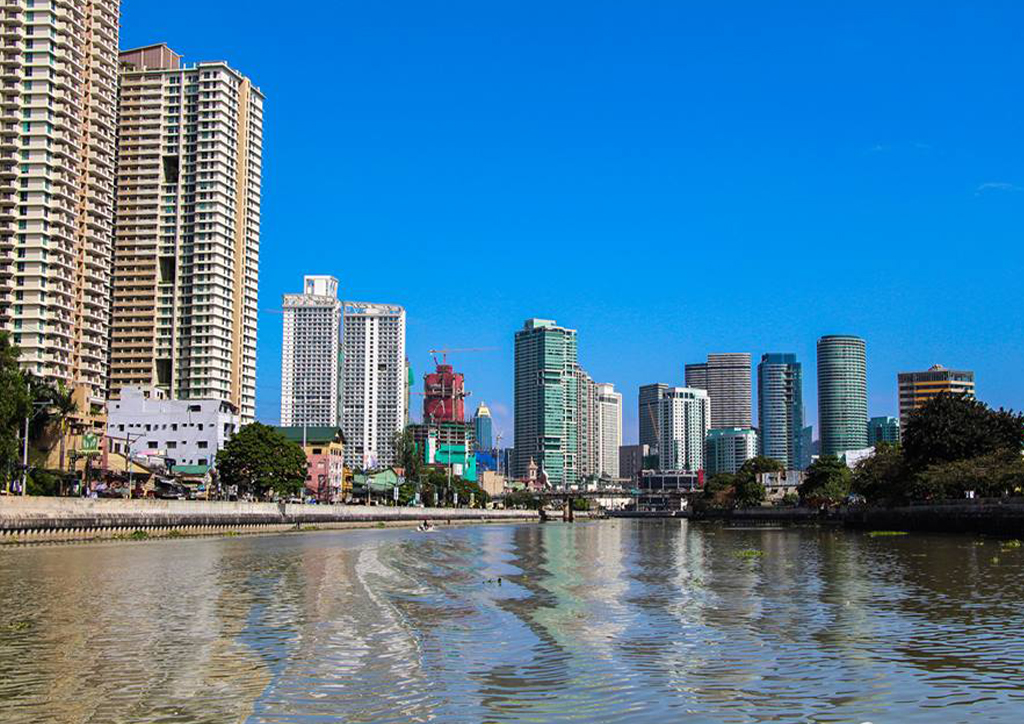
Part of the rehabilitation plan of GRASS and the local government of Pasig is the East Manggahan stretch, a small portion that will contribute to the overall study and plan of pursuing the entire river’s rehabilitation.
After the tree planting, Mayor Sotto mentioned the anti-corruption program in his State of the City Address. He elaborated on making sure that each drainage system contains a sewage treatment plant (STP), narrating that they recently ordered the closing of an insubordinate meat processing factory. He emphasized how important it is to treat wastewater as ultimately, whether treated or not, water directly goes to the river. “The Anti-Corruption [effort], it will directly affect the environment and the Pasig River,” the Mayor stated.
Through the years, changes were seen with regards to Pasig City’s biodiversity, with it bagging the Inaugural 2018 Asia RiverPrize award given by the International River Foundation (IRF) last October 10, 2018. The award is Asia’s first-ever, with the hopes of seeing more improvements on Pasig River’s biodiversity and even its ferry system.
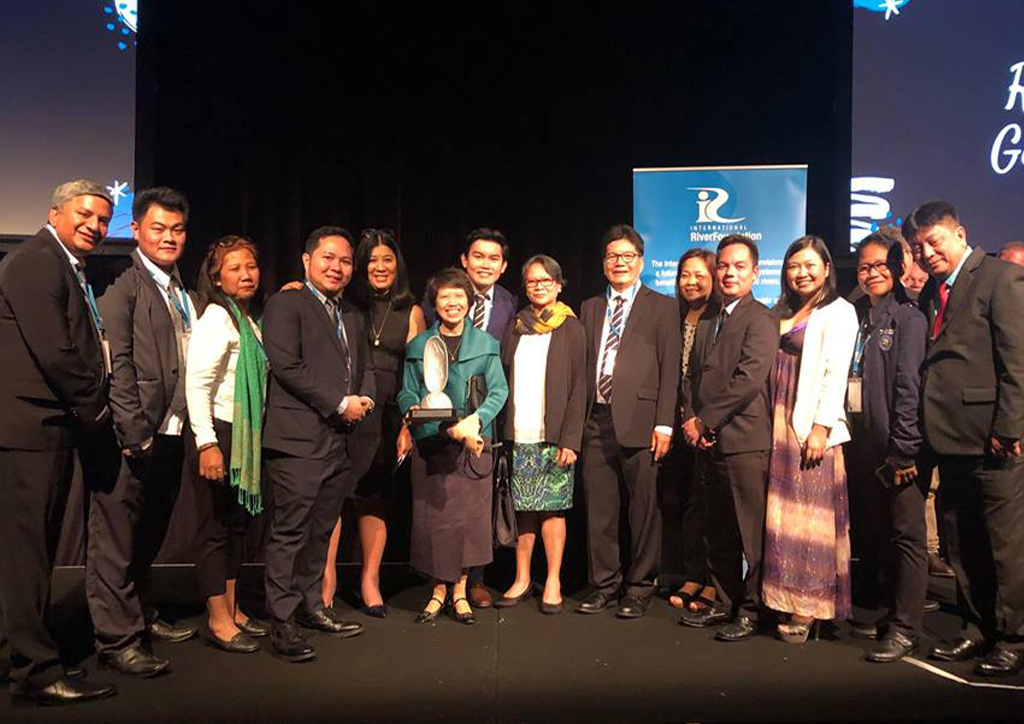
GRASS’ multi-sectoral partnership in the country
Architect Lui revealed that this movement of GRASS is not a one-time thing, but an effort that they aim to push through. “This is going to be a 3-year program. GRASS team will still be here to visit and we have seen a lot of space opportunities for reforestation in Pasig City,” she says. GRASS is also targeting rooftops, sidewalks, and even private areas for biodiversity rehabilitation.
Leading the initiative, GRASS revealed that this plan is something that they aim to do to other cities as well. They shared that it was timely that Mayor Vico is implementing his programs and things were much aligned that’s why they started in Pasig, but they have already talked to other interested and open sectors as well. Architect Lui shared that they will develop as they go along, improving biodiversity one city at a time.
RAVE Park is located at Francisco Legaspi, Barangay Maybunga, Pasig City.
Images courtesy of The FREEHAND PUP-CAFA
READ MORE: Using mahogany in our reforestation programs may be ecological suicide


